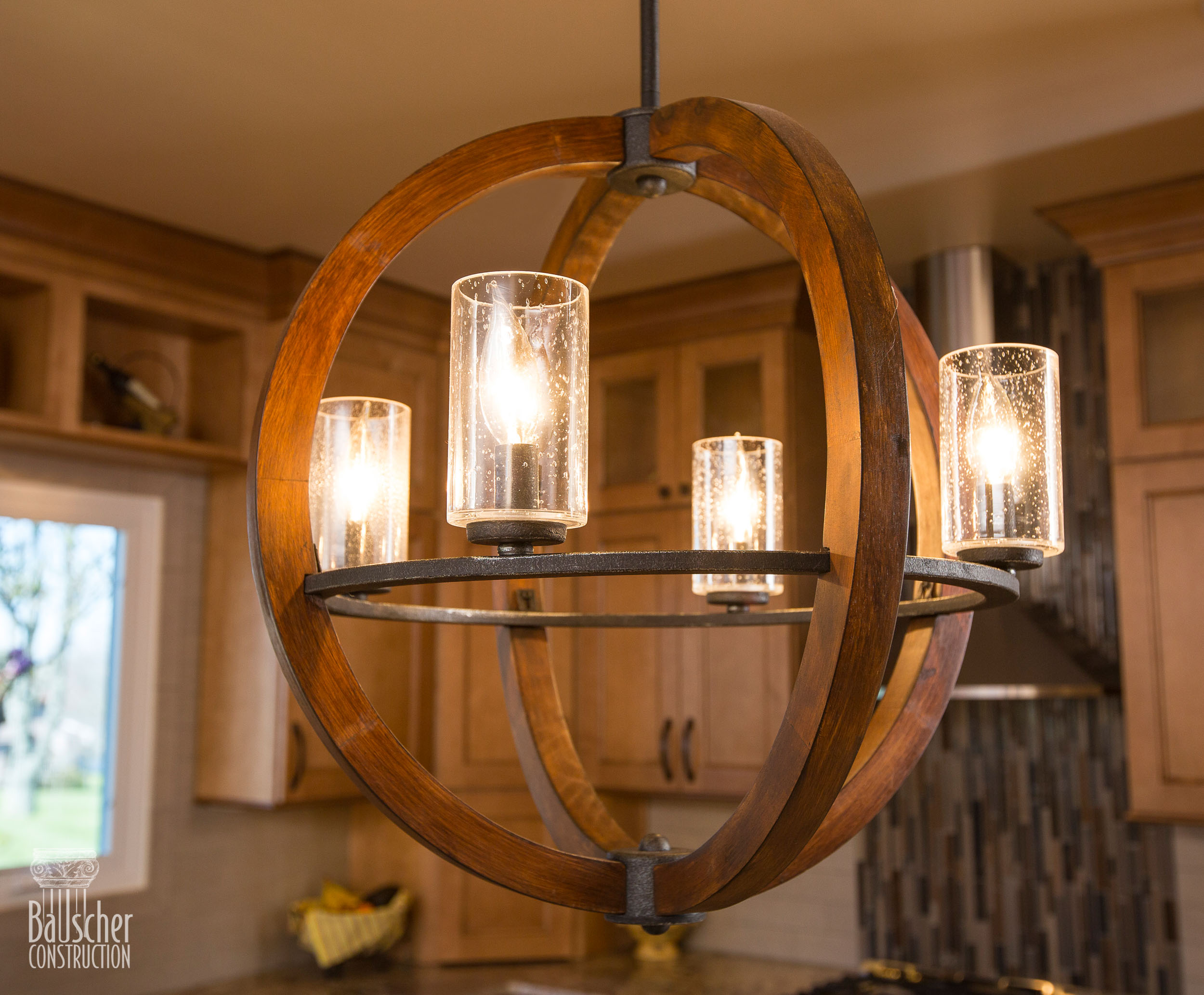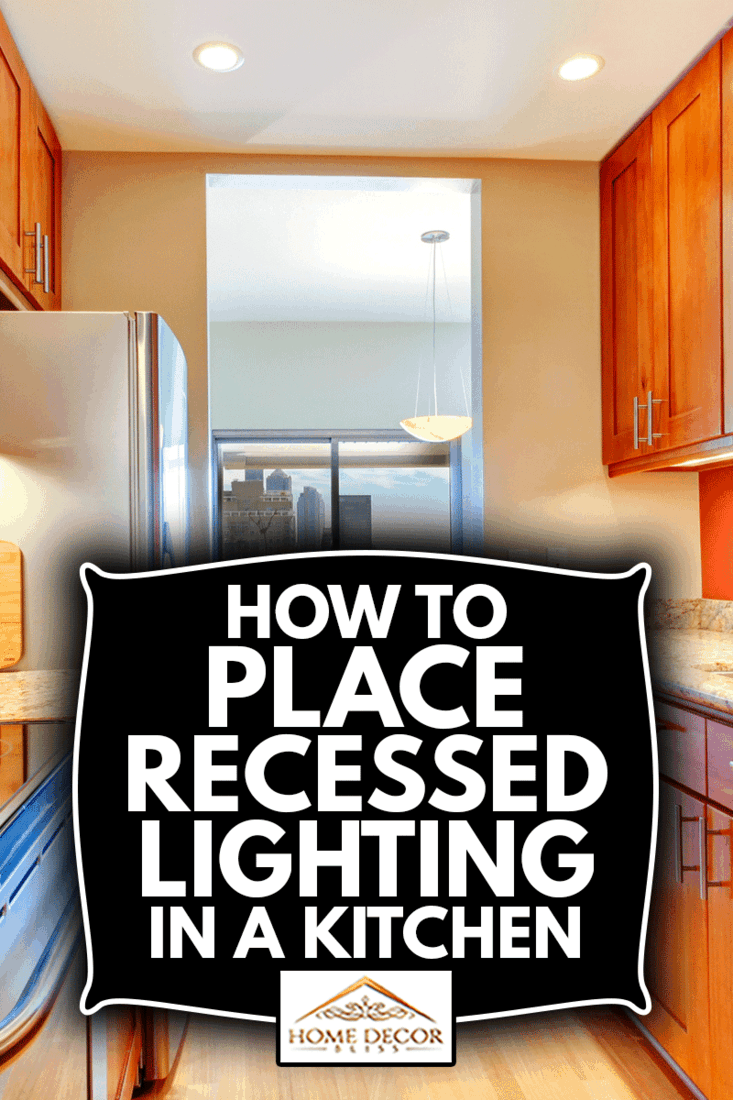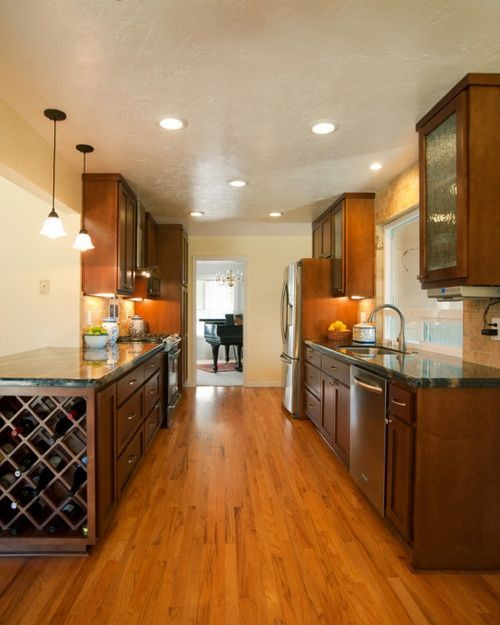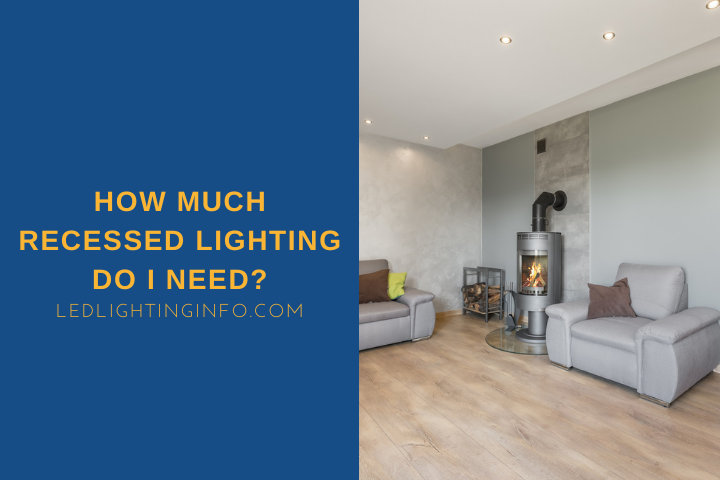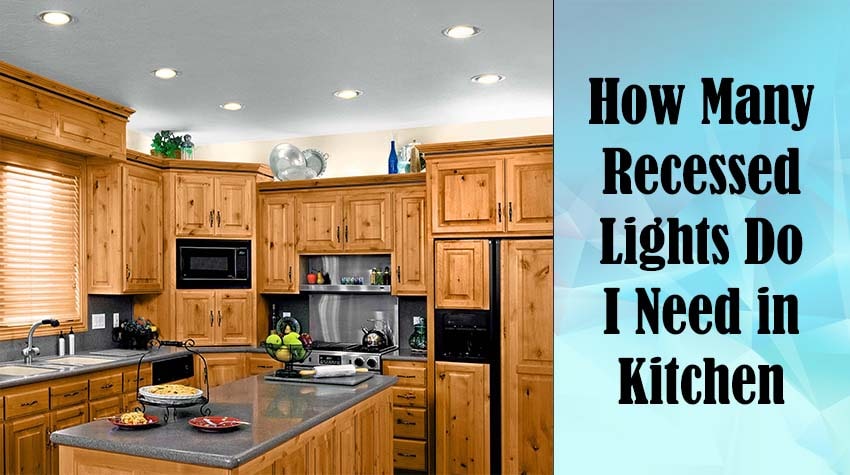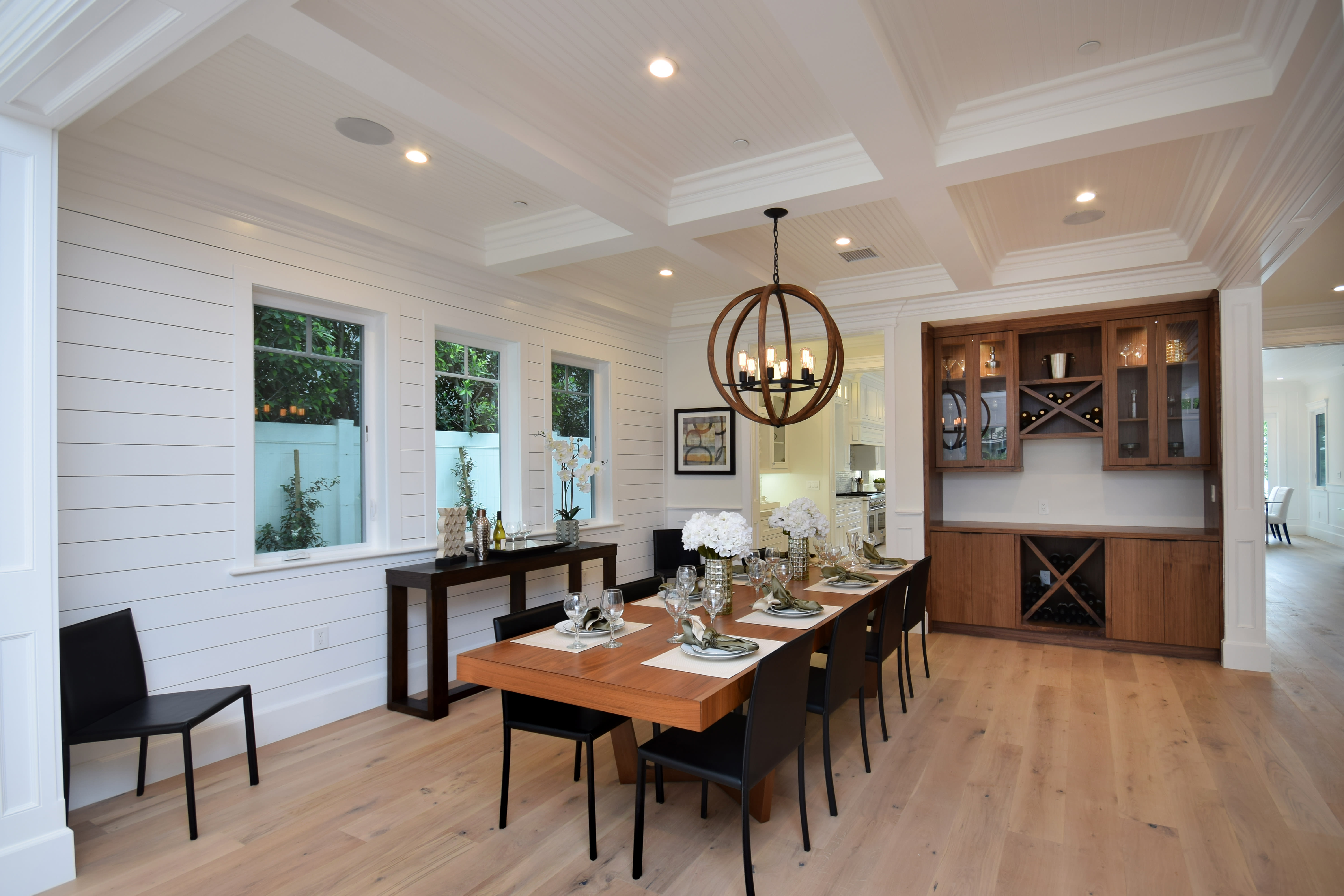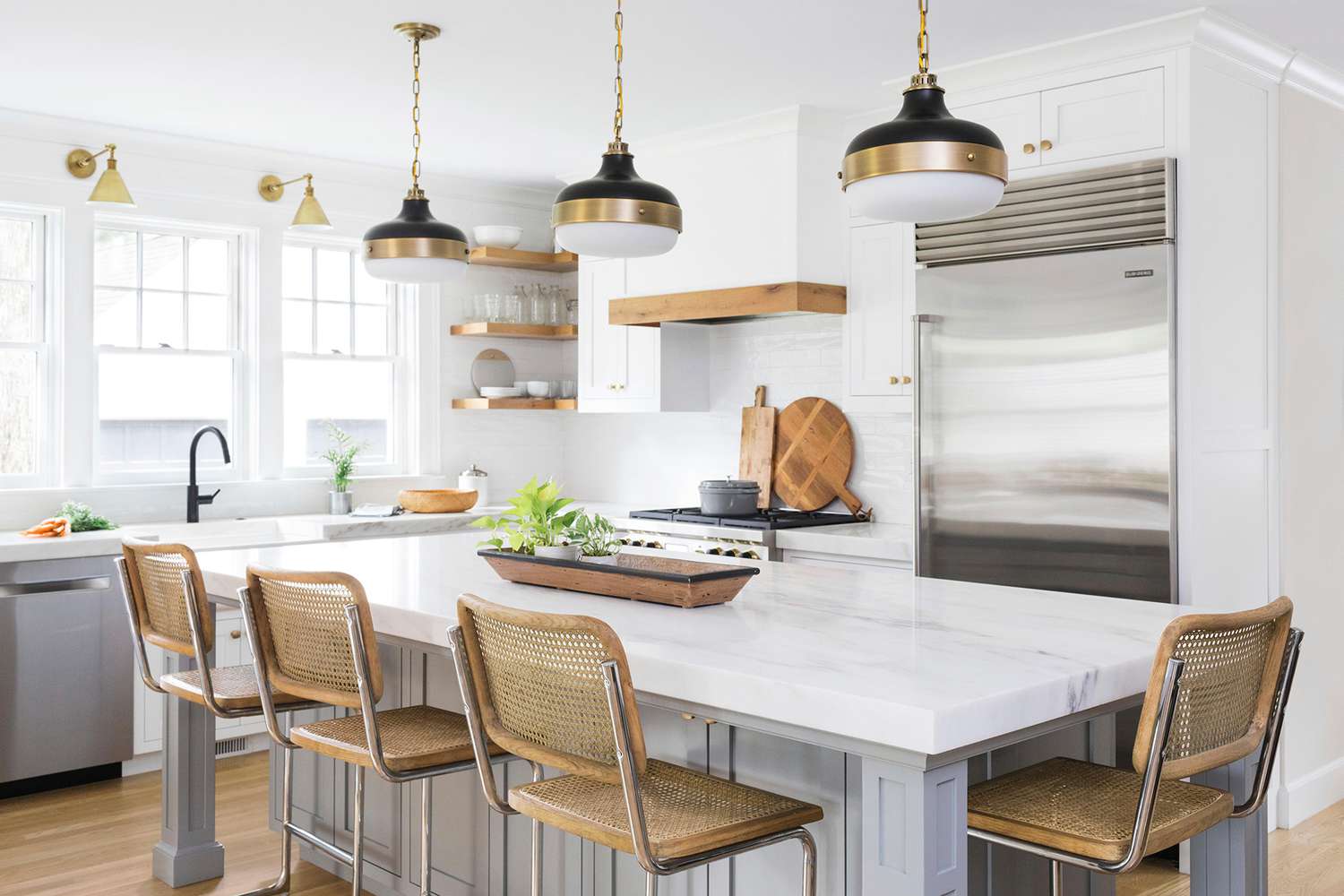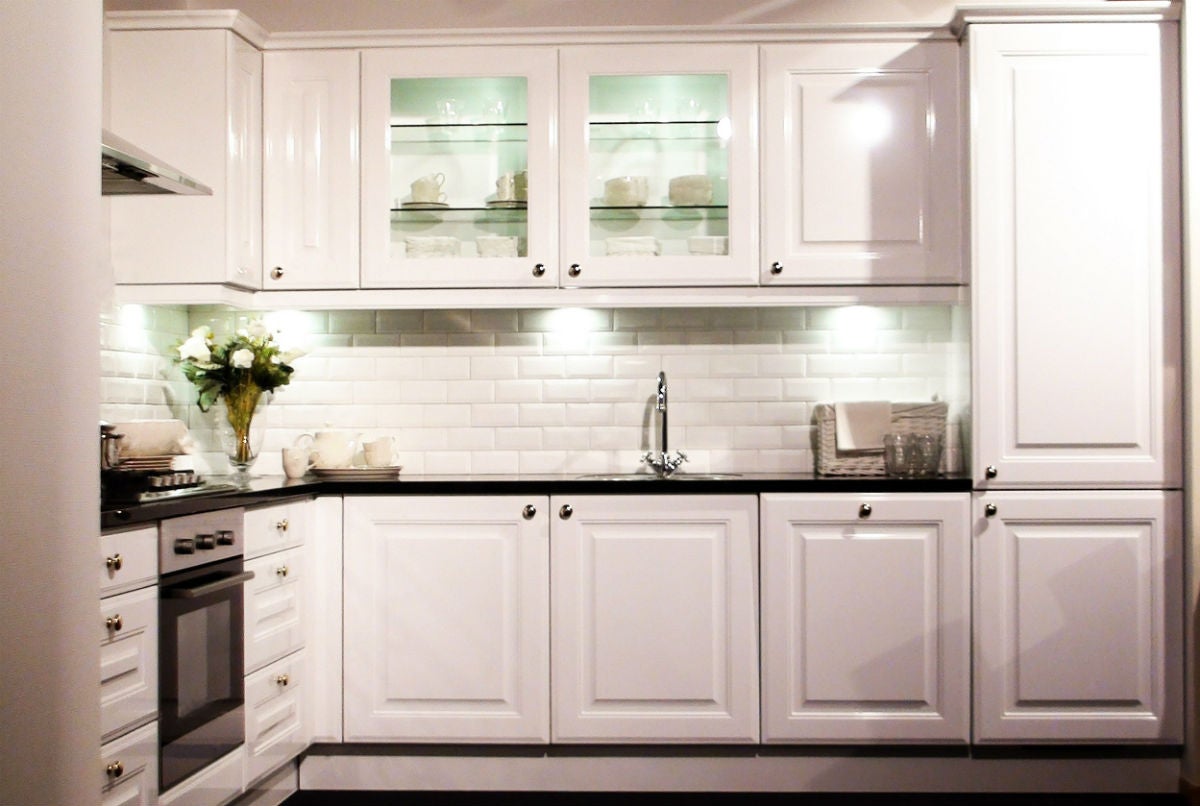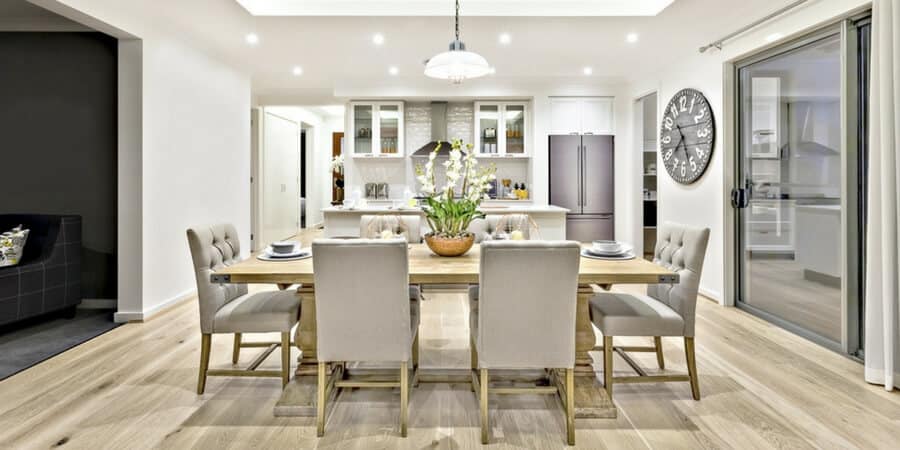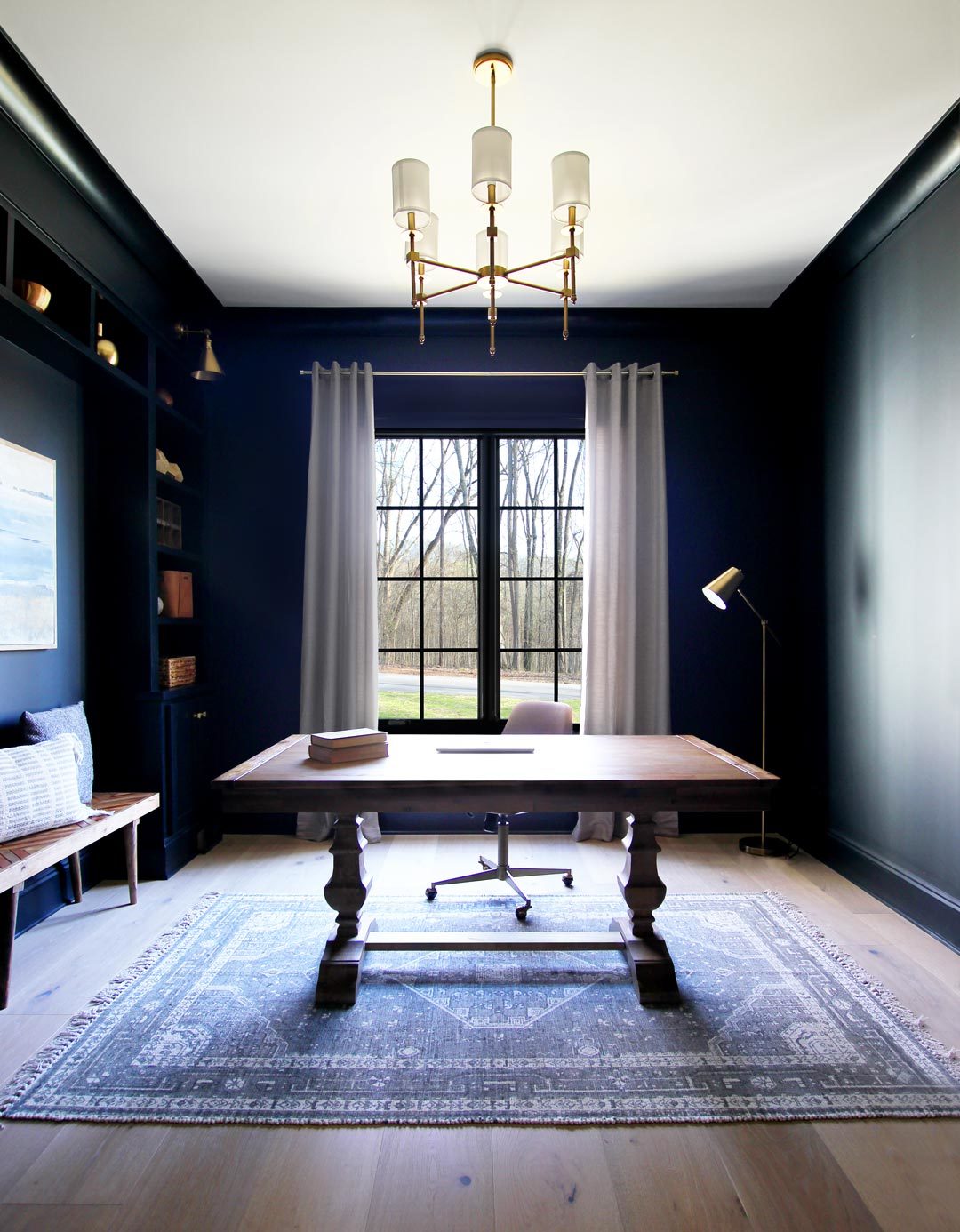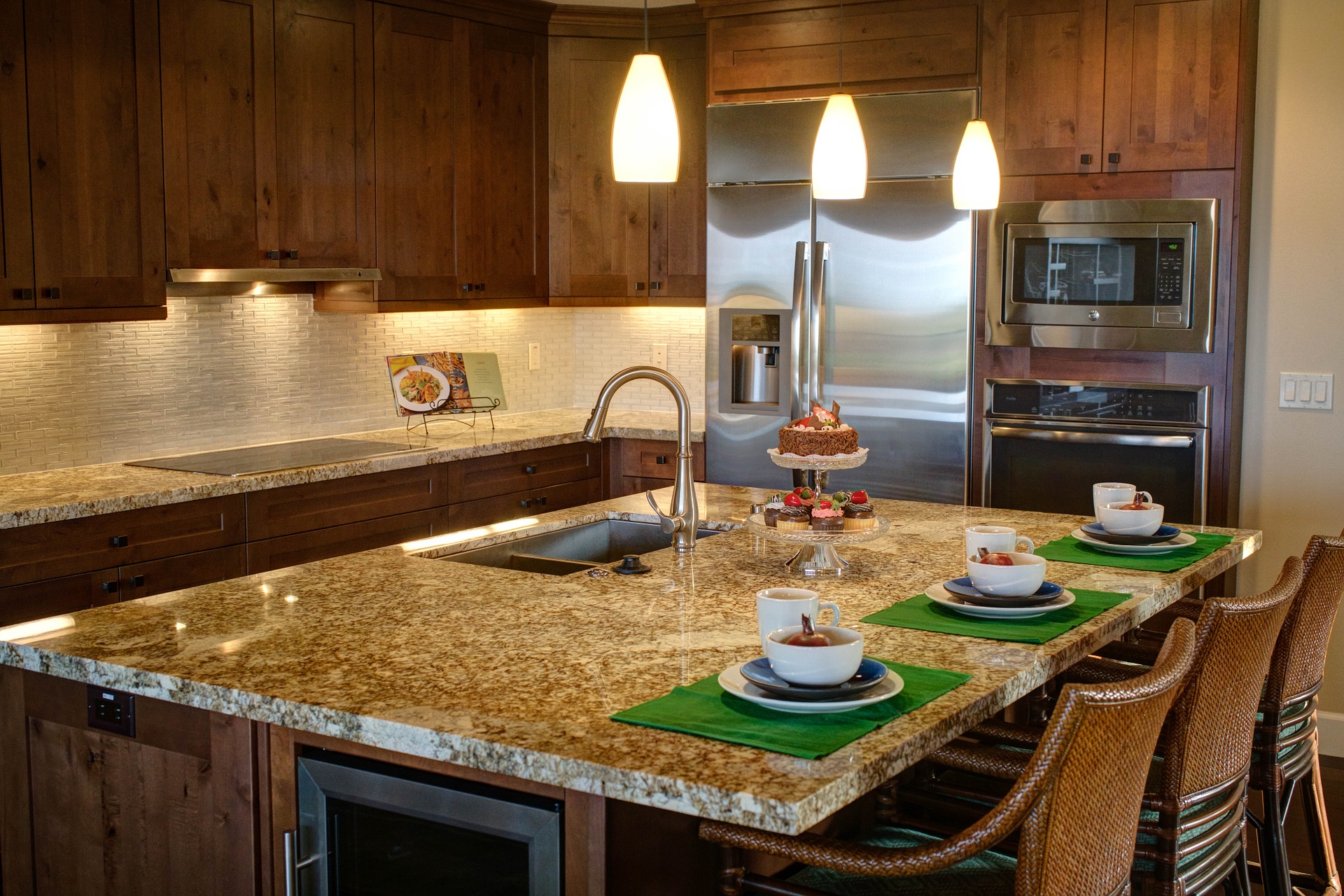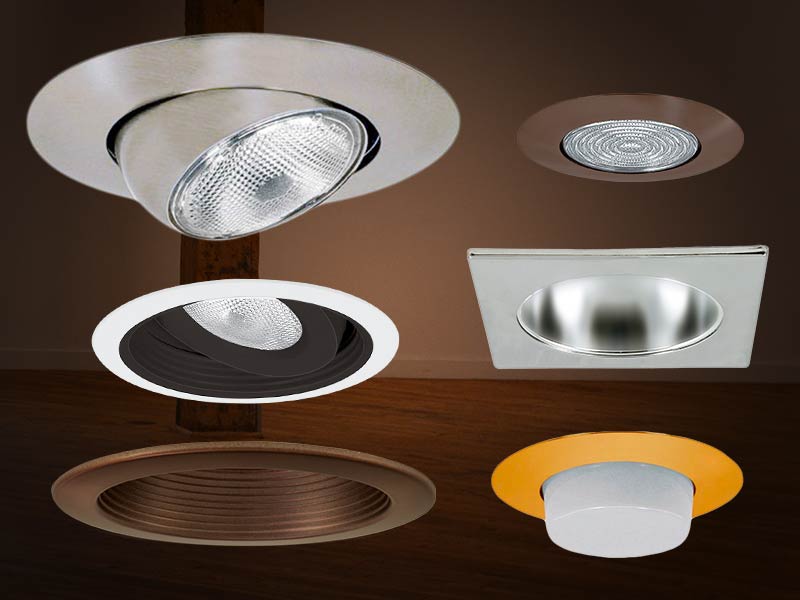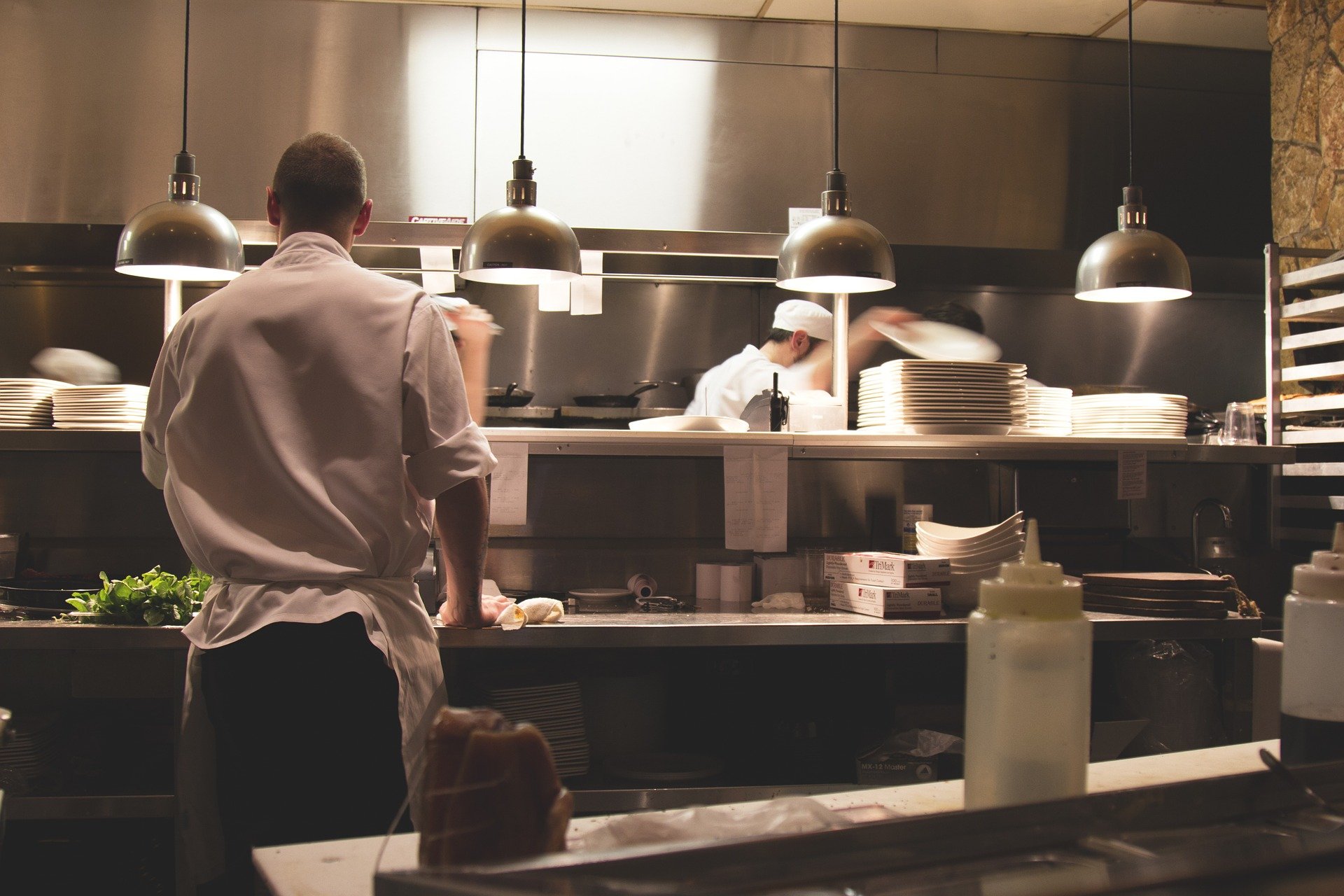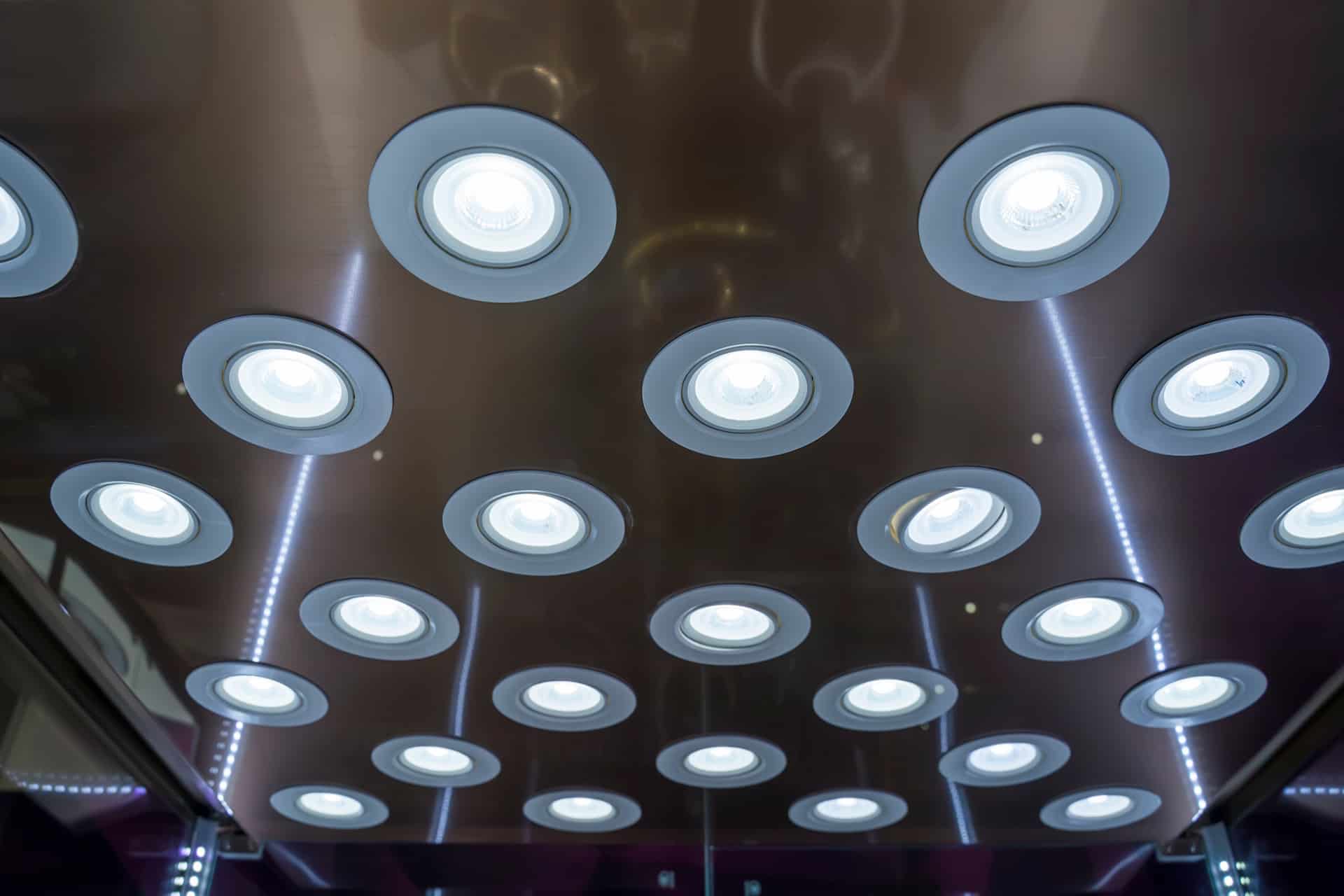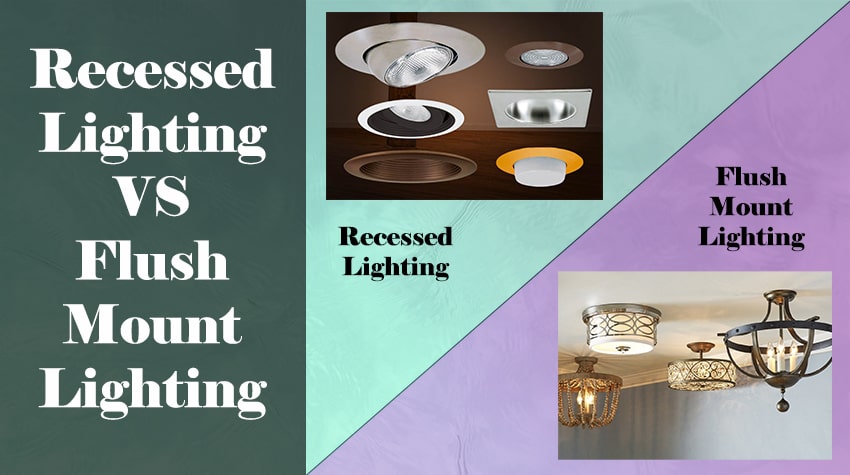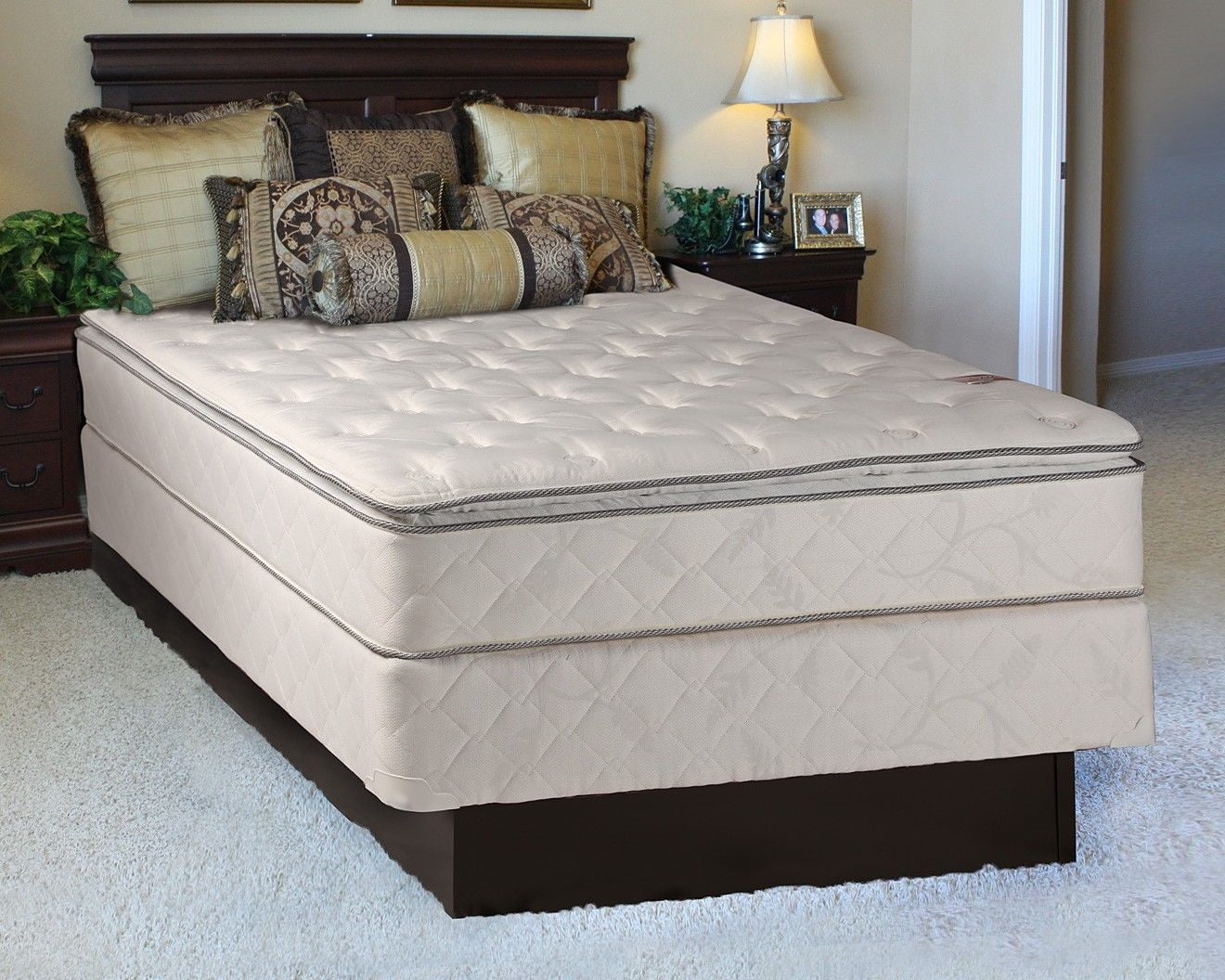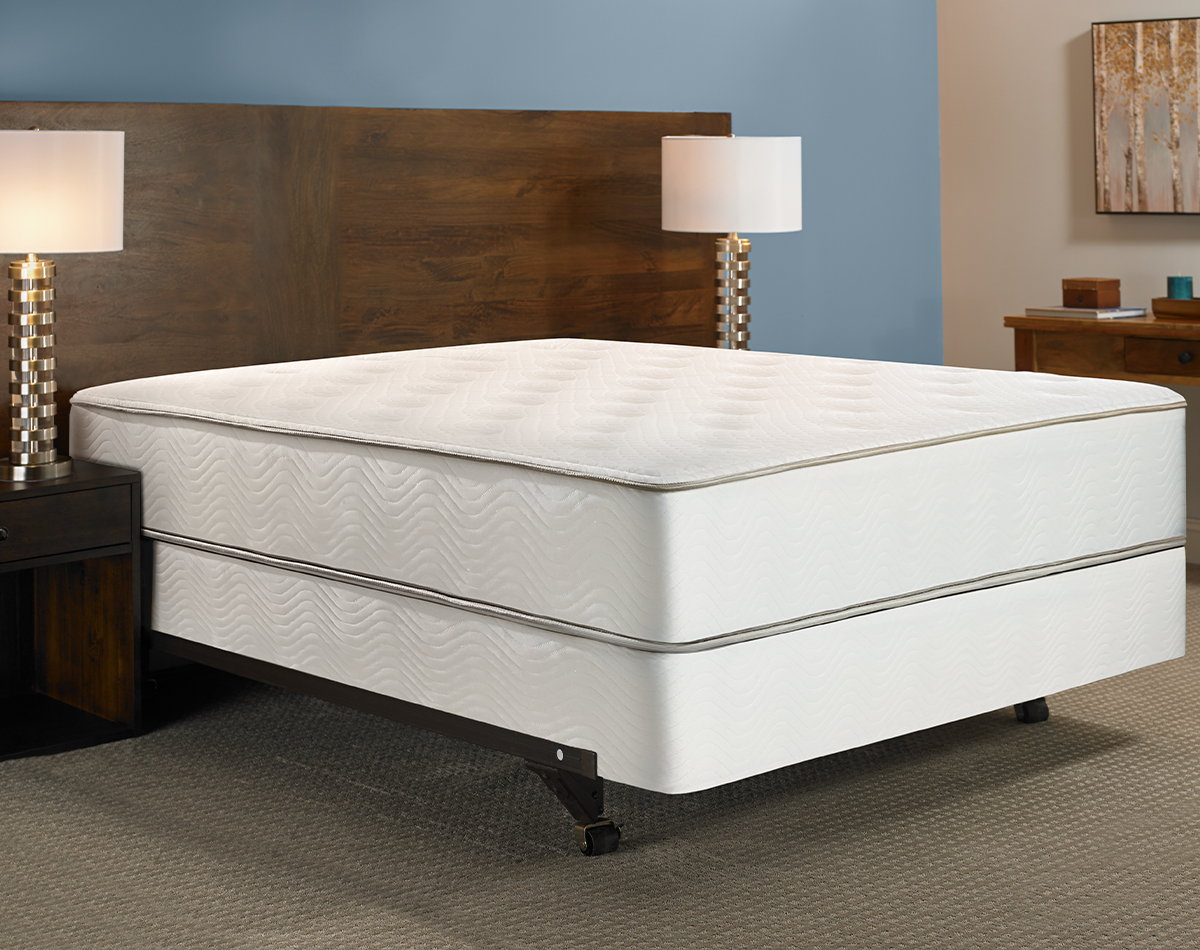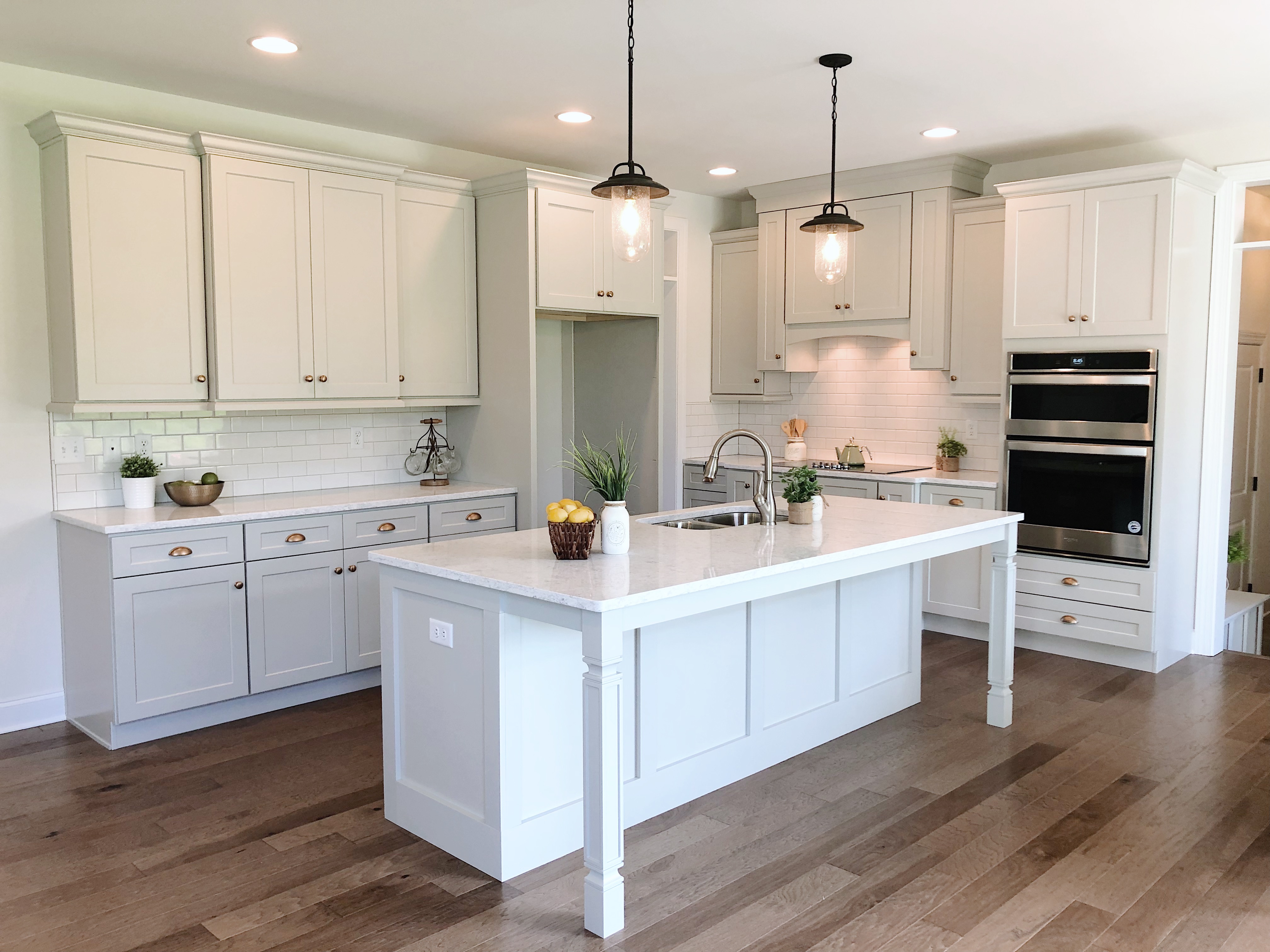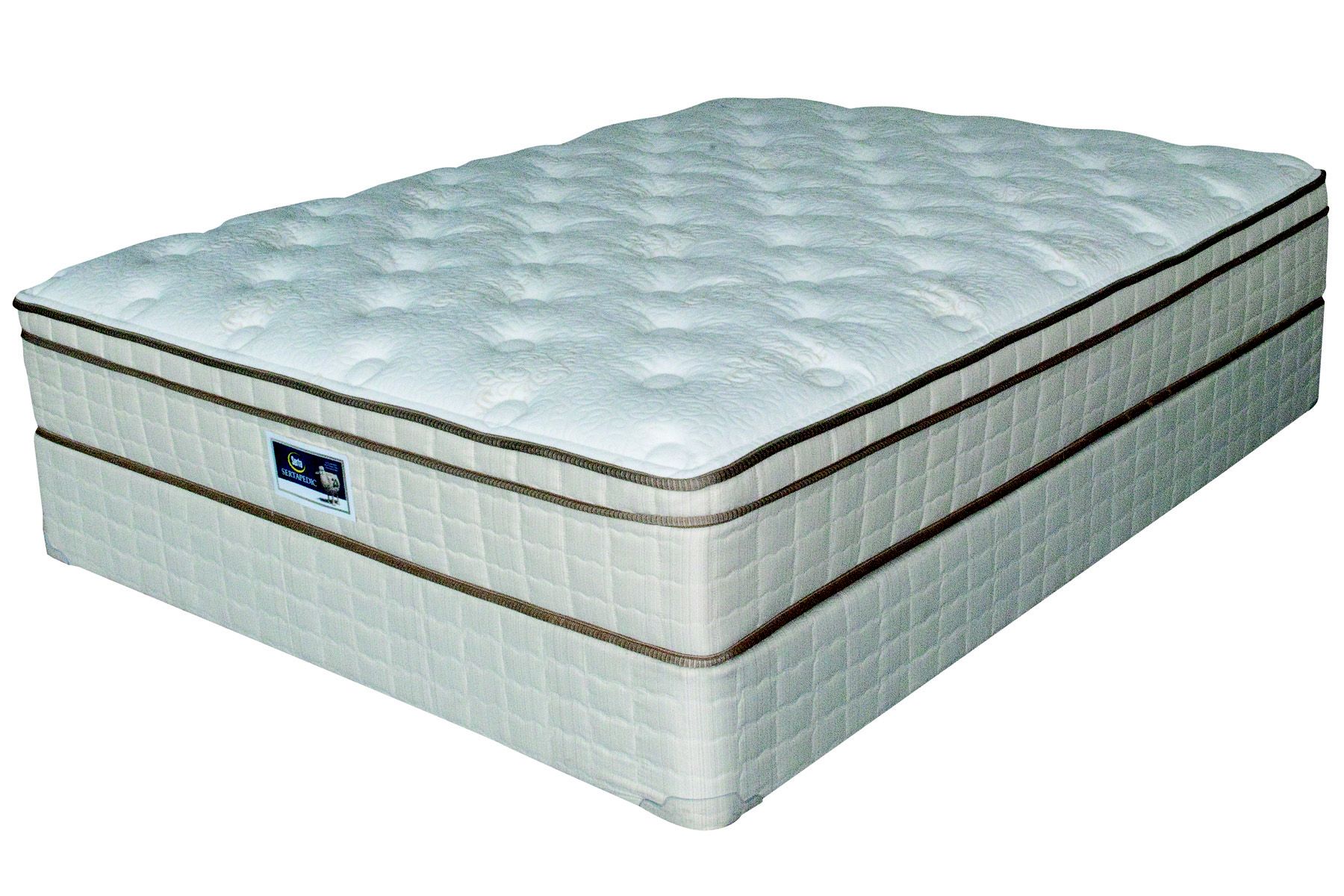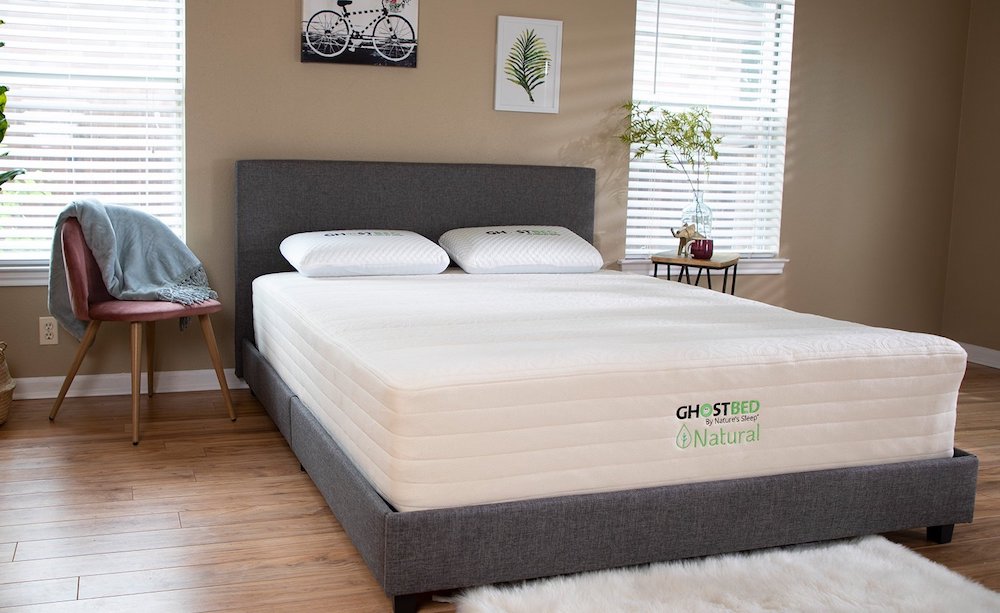Recessed lighting is a popular choice for kitchens due to its sleek and modern look. However, with so many options available, it can be overwhelming to choose the right recessed lighting for your kitchen. In this guide, we will go over the top 10 kitchen recessed lighting guidelines to help you make the best decision for your space.How to Choose the Right Recessed Lighting for Your Kitchen
The first step in choosing the right recessed lighting for your kitchen is to plan out the layout. This involves deciding where to place the lights and how many you will need. A good rule of thumb is to space the lights evenly, with each light covering about 4-6 feet of space. This will ensure that your kitchen is evenly lit and there are no dark spots.Recessed Lighting Layout Guide: How to Plan Your Kitchen Lighting
When designing your kitchen lighting, it's important to consider both functionality and aesthetics. A well-lit kitchen not only makes it easier to see while cooking and preparing food, but it also adds to the overall ambiance of the space. To create a well-lit kitchen, consider combining different types of lighting, such as recessed lights, pendant lights, and under cabinet lights.Kitchen Lighting Design Tips: How to Create a Well-Lit Space
As mentioned earlier, spacing is crucial when it comes to recessed lighting. For standard 8-foot ceilings, it is recommended to space the lights 4-5 feet apart. For higher ceilings, you may want to space them slightly further apart to provide adequate lighting. Additionally, it's important to consider the size of your kitchen when determining the number of lights needed. Larger kitchens may require more lights for proper coverage.Recessed Lighting Spacing Guide for Kitchen Ceilings
With so many options available, it can be overwhelming to choose the best recessed lighting for your kitchen. Here are five tips to help you make the right decision: 1. Consider the size and layout of your kitchen. The size and layout of your kitchen will determine the number of lights and their placement. Make sure to take accurate measurements before making your purchase. 2. Choose the right type of trim. Recessed lighting comes in different styles of trim, such as baffle, open, and adjustable. Consider which type will best suit your kitchen's aesthetic. 3. Decide on the color temperature. The color temperature of the lights can greatly impact the overall feel of your kitchen. Cool white lights (4000K) tend to give off a more modern and crisp look, while warm white lights (2700K) provide a cozy and inviting feel. 4. Consider dimmable options. Dimmable recessed lights allow you to adjust the brightness to your desired level, making them perfect for creating different moods in your kitchen. 5. Don't forget about energy efficiency. LED recessed lights are not only energy-efficient but also have a longer lifespan compared to traditional incandescent bulbs. They may be more expensive upfront, but they will save you money in the long run.5 Tips for Choosing the Best Recessed Lighting for Your Kitchen
Aside from recessed lighting, there are many other types of fixtures you can incorporate into your kitchen lighting design. Here are a few ideas to consider: 1. Pendant lights. These hanging lights are a great way to add a decorative touch to your kitchen while also providing functional lighting. 2. Under cabinet lights. These lights are perfect for illuminating your countertops and creating a warm and inviting atmosphere in your kitchen. 3. Track lighting. If you have a large kitchen with multiple work areas, track lighting can provide targeted lighting for each space. 4. Chandeliers. For a more elegant and dramatic touch, consider adding a chandelier above your kitchen island or dining area. 5. Wall sconces. These lights can add a unique and stylish element to your kitchen while also providing additional lighting.Kitchen Lighting Ideas: How to Choose the Best Fixtures for Your Space
In addition to spacing, the placement of your recessed lights is crucial for a functional kitchen. Here are a few placement guidelines to keep in mind: 1. Over the sink. Placing a recessed light directly over the sink will provide adequate lighting for washing dishes and preparing food. 2. Over the stove. If you have a stovetop with no overhead hood, a recessed light above it can provide extra lighting while cooking. 3. Under cabinets. Recessed lights placed under cabinets can provide additional task lighting for your countertops. 4. In the corners. Don't forget to place recessed lights in the corners of your kitchen to avoid any dark spots.Recessed Lighting Placement Guide for a Functional Kitchen
The number of recessed lights needed for your kitchen will depend on the size and layout of your space. As mentioned earlier, a general rule of thumb is to space the lights 4-6 feet apart. However, it's best to consult with a professional or use a recessed lighting calculator to determine the exact number needed for your specific kitchen.How Many Recessed Lights Do I Need for My Kitchen?
To ensure you create a well-lit and functional kitchen, here are some dos and don'ts to keep in mind: Do: ● Mix and match different types of lighting to create a layered and well-lit space. ● Consider the size and layout of your kitchen when determining the number of lights needed. ● Use dimmable lights to adjust the brightness based on your needs. ● Opt for energy-efficient LED lights to save money in the long run. Don't: ● Overcrowd your kitchen with too many lights. ● Forget to consider the color temperature of the lights. ● Neglect to plan out the placement and spacing of your recessed lights.Kitchen Lighting Dos and Don'ts: Tips for a Well-Lit Space
When it comes to kitchen lighting, one common debate is recessed lighting versus pendant lights. While both have their own advantages, the best option for your kitchen will depend on your personal preference and the overall design of your space. Recessed lighting is ideal for evenly lighting a larger space, while pendant lights can add a decorative and personalized touch. Consider incorporating both for the best of both worlds.Recessed Lighting vs. Pendant Lights: Which is Best for Your Kitchen?
The Importance of Kitchen Recessed Lighting Guidelines in House Design

Creating the Perfect Ambiance
:max_bytes(150000):strip_icc()/kitchenrecessedlighting-GettyImages-155383268-dec5caad600541ff81cbdd6d06846c66.jpg) When it comes to designing a house, lighting plays a crucial role in setting the right ambiance and creating an inviting and comfortable space. One of the key elements of a well-designed house is proper lighting, especially in the kitchen.
Kitchen recessed lighting
has become increasingly popular in modern house designs, and for good reason. Not only does it add a touch of elegance to the space, but it also serves a practical purpose in providing sufficient lighting for all your cooking and dining needs. In this article, we will discuss the importance of following
guidelines
for installing
kitchen recessed lighting
and how it can enhance the overall design of your house.
When it comes to designing a house, lighting plays a crucial role in setting the right ambiance and creating an inviting and comfortable space. One of the key elements of a well-designed house is proper lighting, especially in the kitchen.
Kitchen recessed lighting
has become increasingly popular in modern house designs, and for good reason. Not only does it add a touch of elegance to the space, but it also serves a practical purpose in providing sufficient lighting for all your cooking and dining needs. In this article, we will discuss the importance of following
guidelines
for installing
kitchen recessed lighting
and how it can enhance the overall design of your house.
Enhancing Functionality
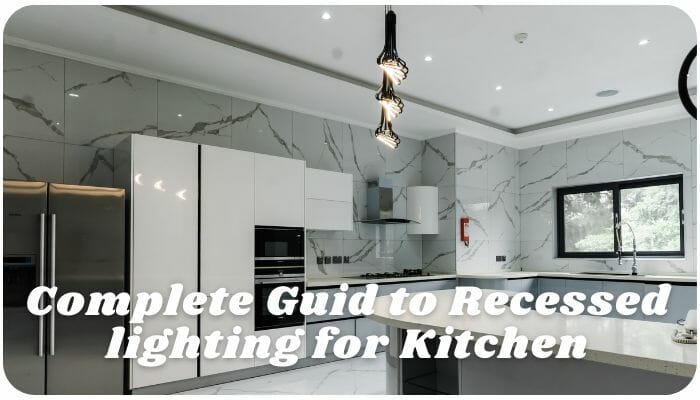 The kitchen is often referred to as the heart of the house, and it is where families gather to cook, eat, and spend quality time together. Therefore, it is essential to have proper lighting in this space to ensure maximum functionality.
Kitchen recessed lighting
is perfect for this purpose as it provides bright and even lighting, eliminating any dark corners and allowing you to see clearly while cooking. It also adds a layer of depth to the room, making it appear more spacious and well-lit.
The kitchen is often referred to as the heart of the house, and it is where families gather to cook, eat, and spend quality time together. Therefore, it is essential to have proper lighting in this space to ensure maximum functionality.
Kitchen recessed lighting
is perfect for this purpose as it provides bright and even lighting, eliminating any dark corners and allowing you to see clearly while cooking. It also adds a layer of depth to the room, making it appear more spacious and well-lit.
Creating Visual Interest
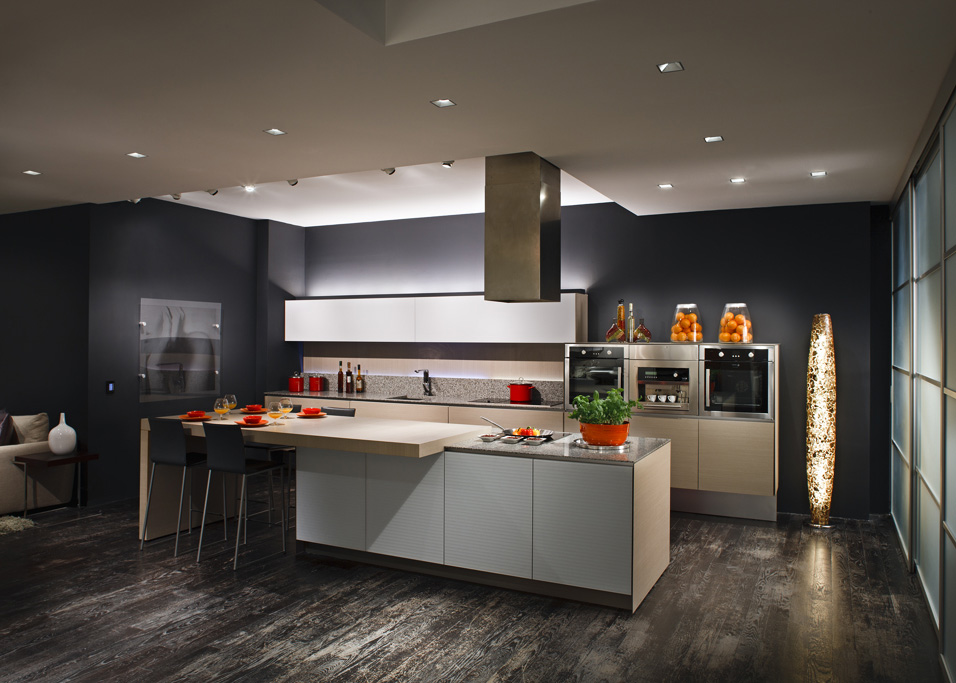 Aside from functionality, lighting also has the power to add visual interest to a space.
Kitchen recessed lighting
can be strategically placed to highlight specific areas of your kitchen, such as the countertops, backsplash, or island. This not only adds a touch of style to the room but also draws attention to the beautiful features of your kitchen. Furthermore, recessed lighting comes in various sizes, shapes, and colors, allowing you to choose the perfect fixtures that complement your overall house design.
Aside from functionality, lighting also has the power to add visual interest to a space.
Kitchen recessed lighting
can be strategically placed to highlight specific areas of your kitchen, such as the countertops, backsplash, or island. This not only adds a touch of style to the room but also draws attention to the beautiful features of your kitchen. Furthermore, recessed lighting comes in various sizes, shapes, and colors, allowing you to choose the perfect fixtures that complement your overall house design.
Energy Efficiency
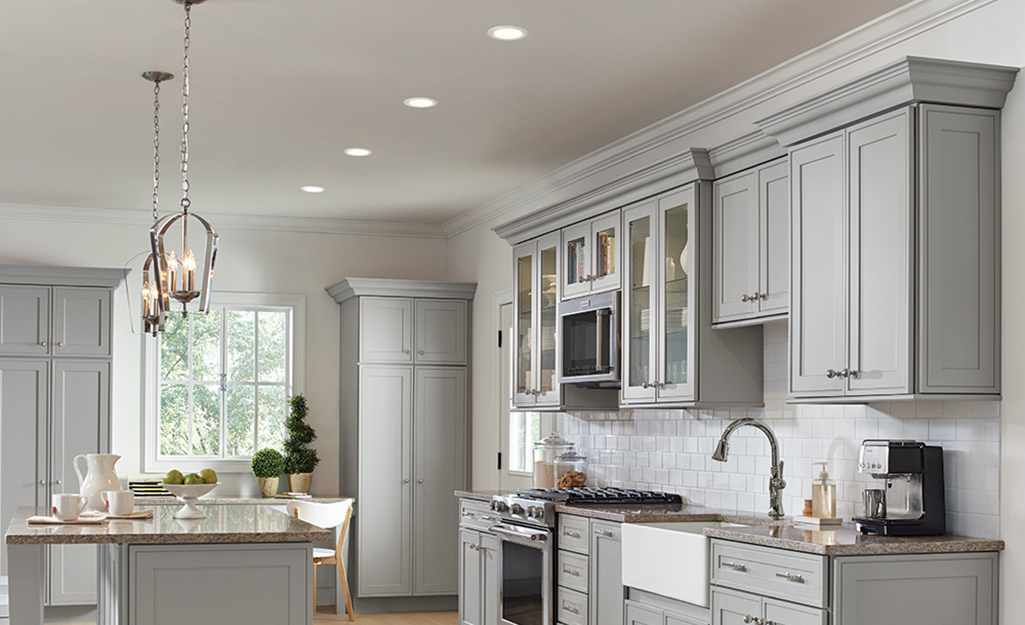 Another reason why following
kitchen recessed lighting guidelines
is crucial is for energy efficiency. With the rising cost of electricity, it is essential to have lighting fixtures that are not only aesthetically pleasing but also energy-efficient. Recessed lighting uses LED bulbs, which consume less energy and have a longer lifespan compared to traditional incandescent bulbs. This not only helps you save on energy costs but also reduces your carbon footprint, making it an eco-friendly choice for your house design.
Another reason why following
kitchen recessed lighting guidelines
is crucial is for energy efficiency. With the rising cost of electricity, it is essential to have lighting fixtures that are not only aesthetically pleasing but also energy-efficient. Recessed lighting uses LED bulbs, which consume less energy and have a longer lifespan compared to traditional incandescent bulbs. This not only helps you save on energy costs but also reduces your carbon footprint, making it an eco-friendly choice for your house design.
Conclusion
 In conclusion, having proper lighting in your kitchen is vital for both functionality and aesthetics. By following
kitchen recessed lighting guidelines
, you can create the perfect ambiance in your house, enhance its functionality, and add visual interest to the space. It is also a sustainable and cost-effective choice for lighting in your house design. So, if you are looking to upgrade your kitchen lighting, consider installing recessed lighting and see the difference it makes in your house design.
In conclusion, having proper lighting in your kitchen is vital for both functionality and aesthetics. By following
kitchen recessed lighting guidelines
, you can create the perfect ambiance in your house, enhance its functionality, and add visual interest to the space. It is also a sustainable and cost-effective choice for lighting in your house design. So, if you are looking to upgrade your kitchen lighting, consider installing recessed lighting and see the difference it makes in your house design.





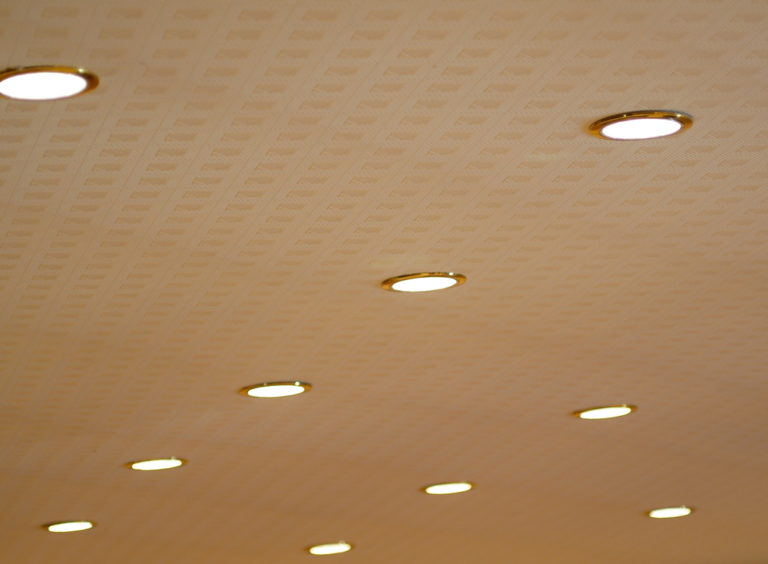


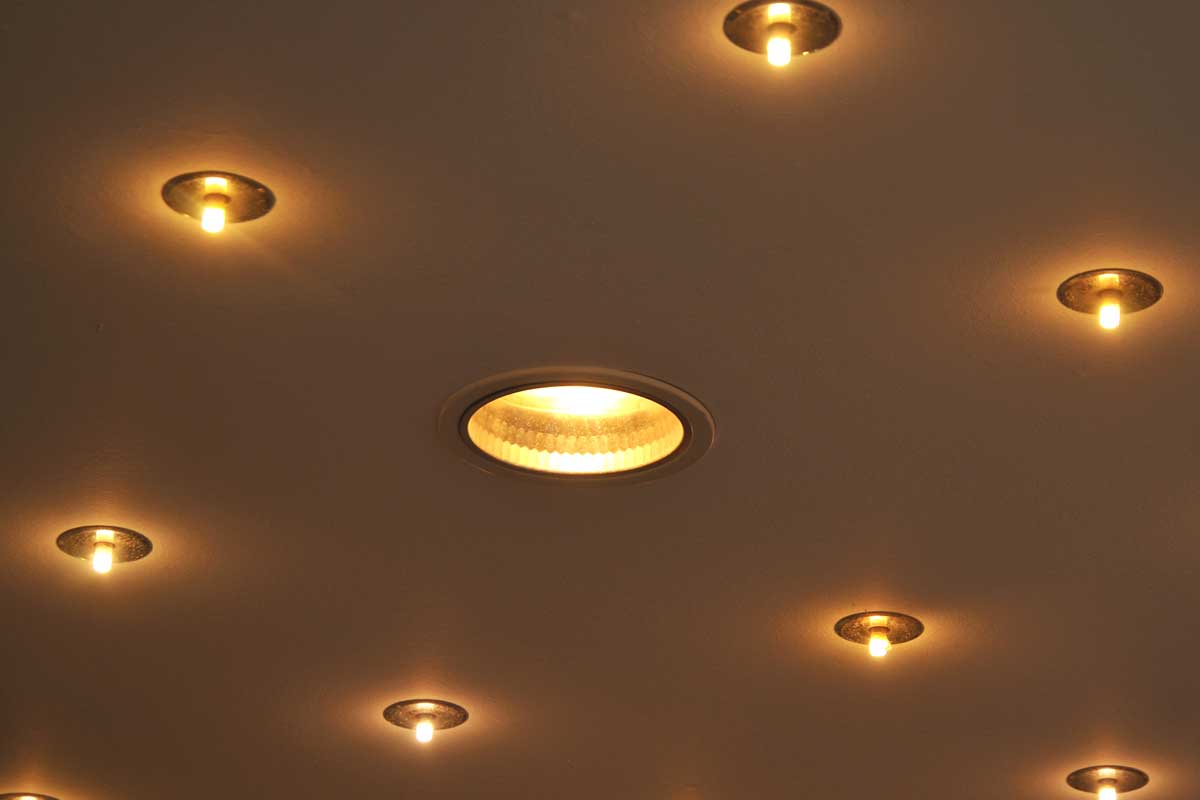
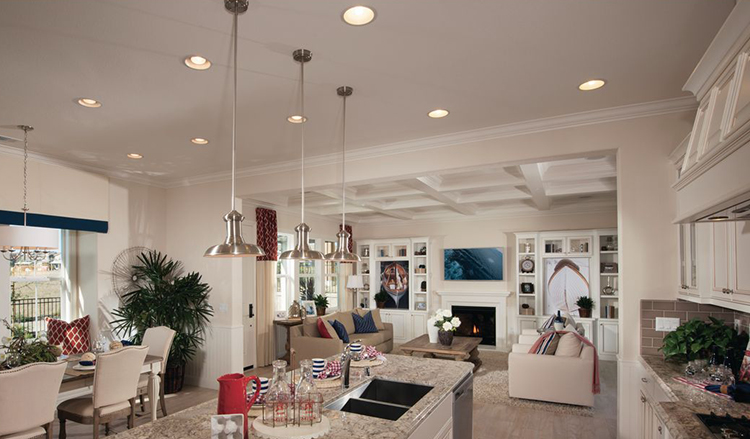








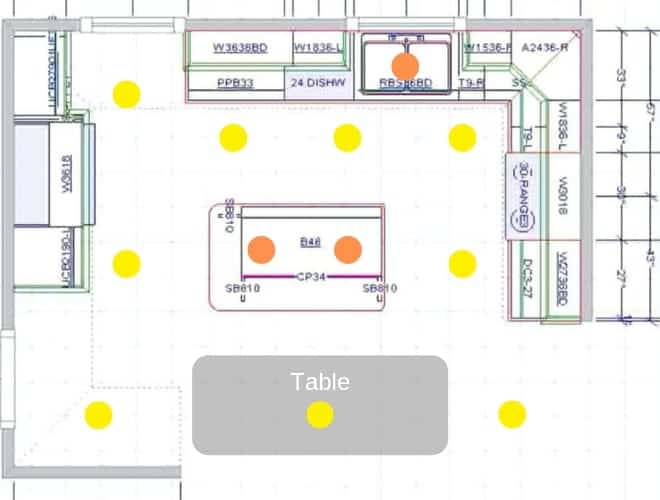




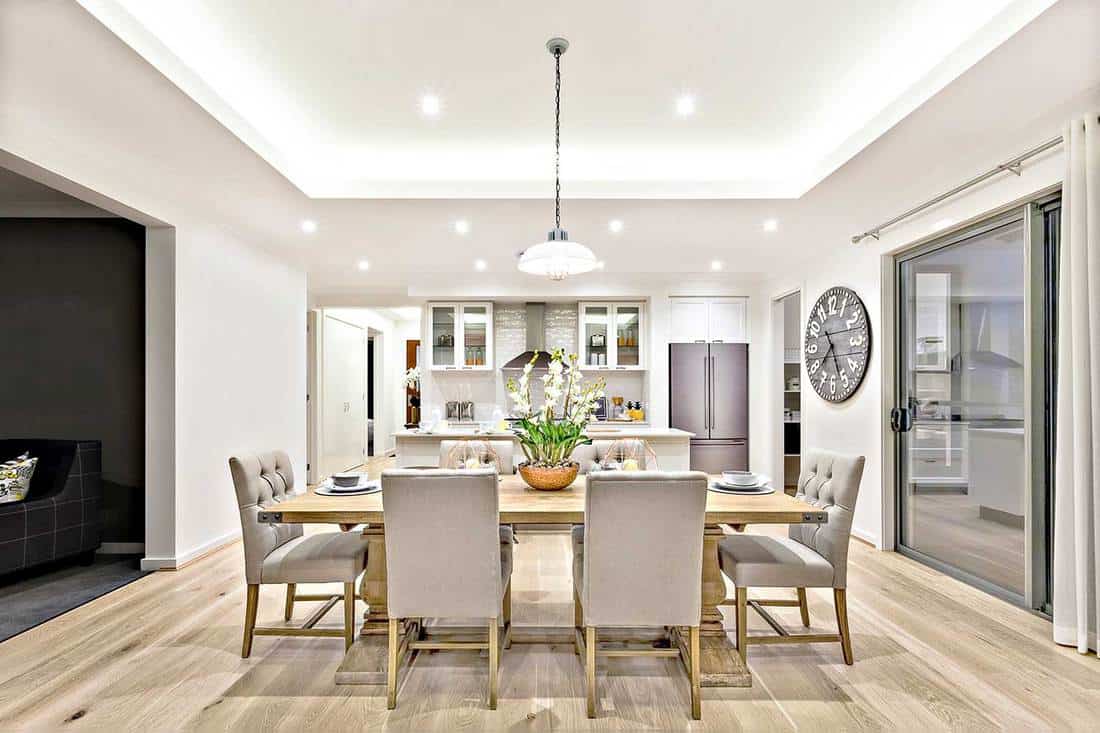






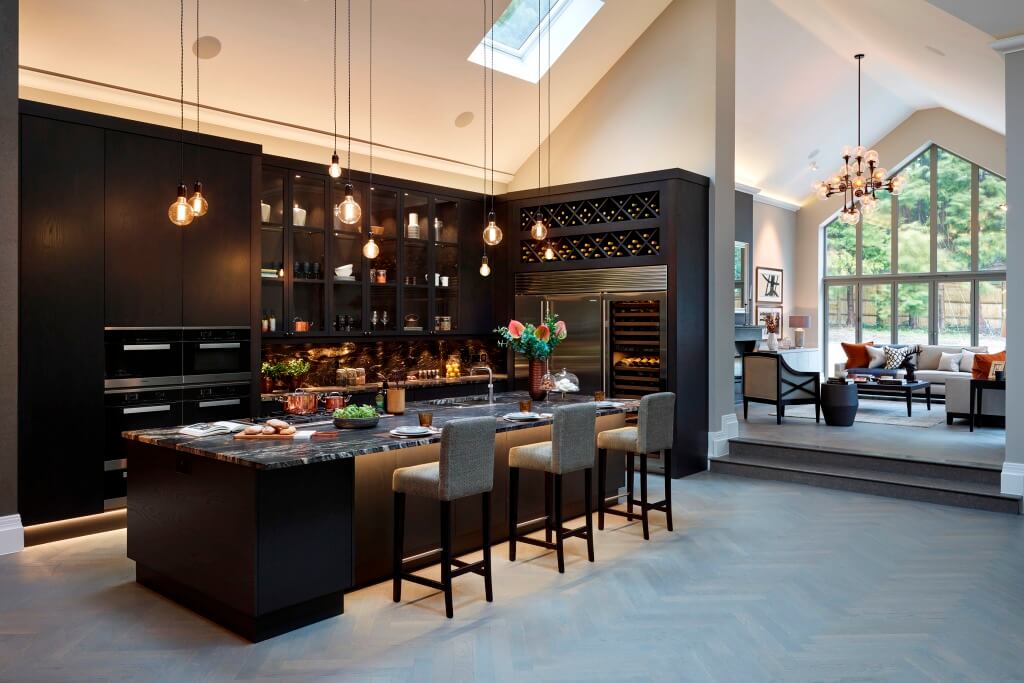














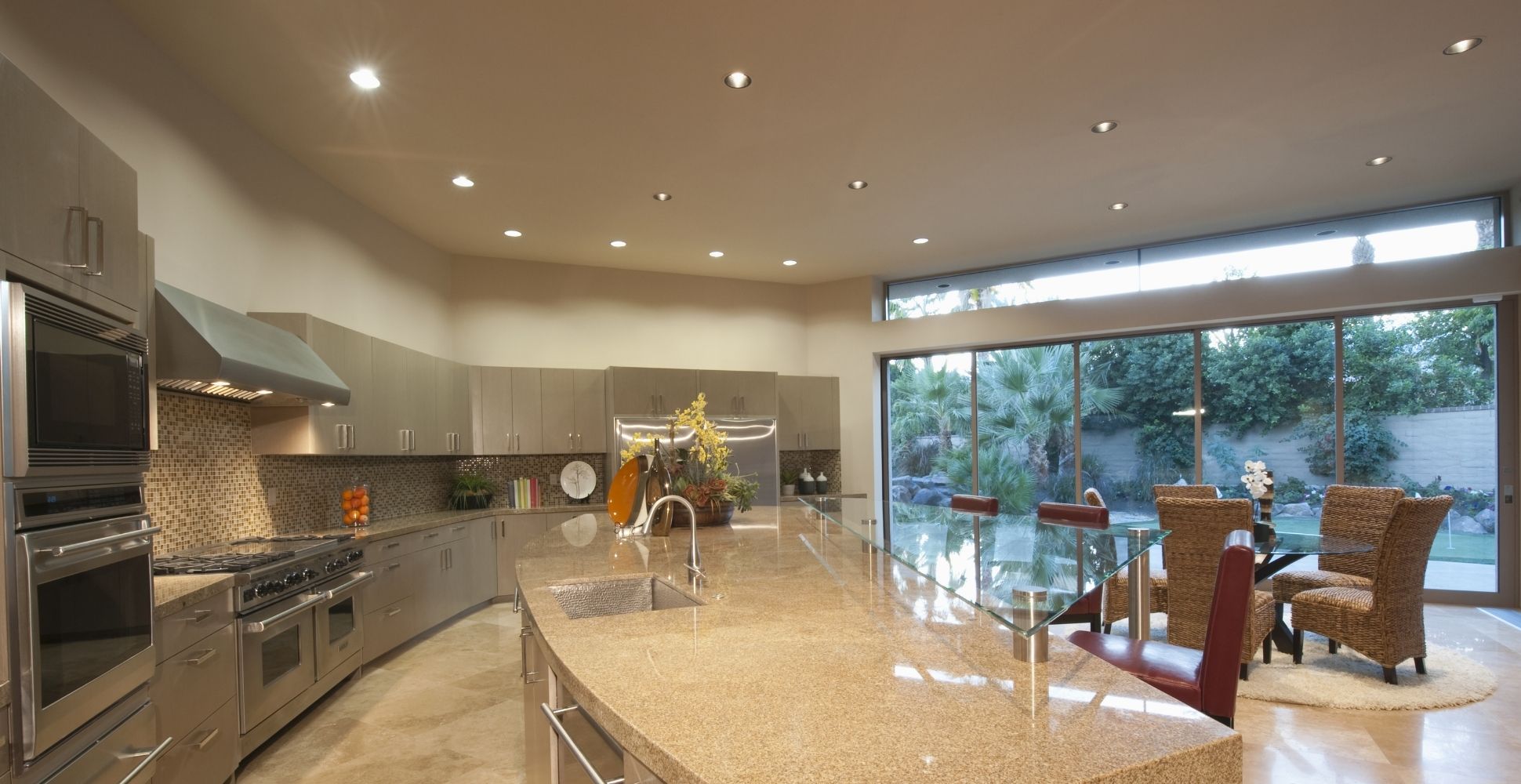



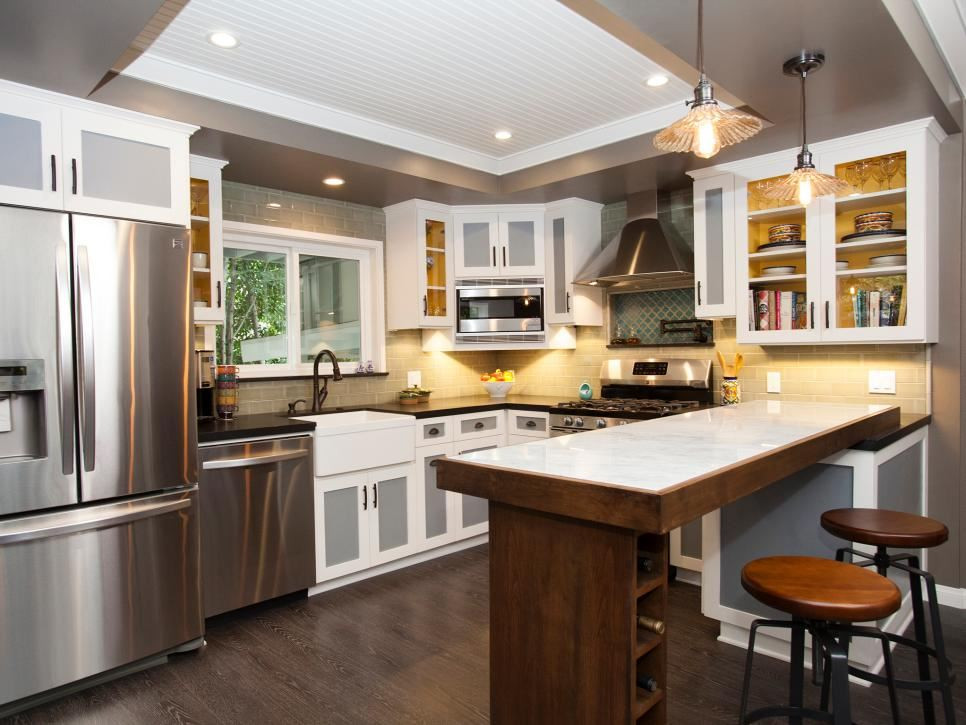





:max_bytes(150000):strip_icc()/DSC_0268-3b917e92940e4869859fa29983d2063c.jpeg)


